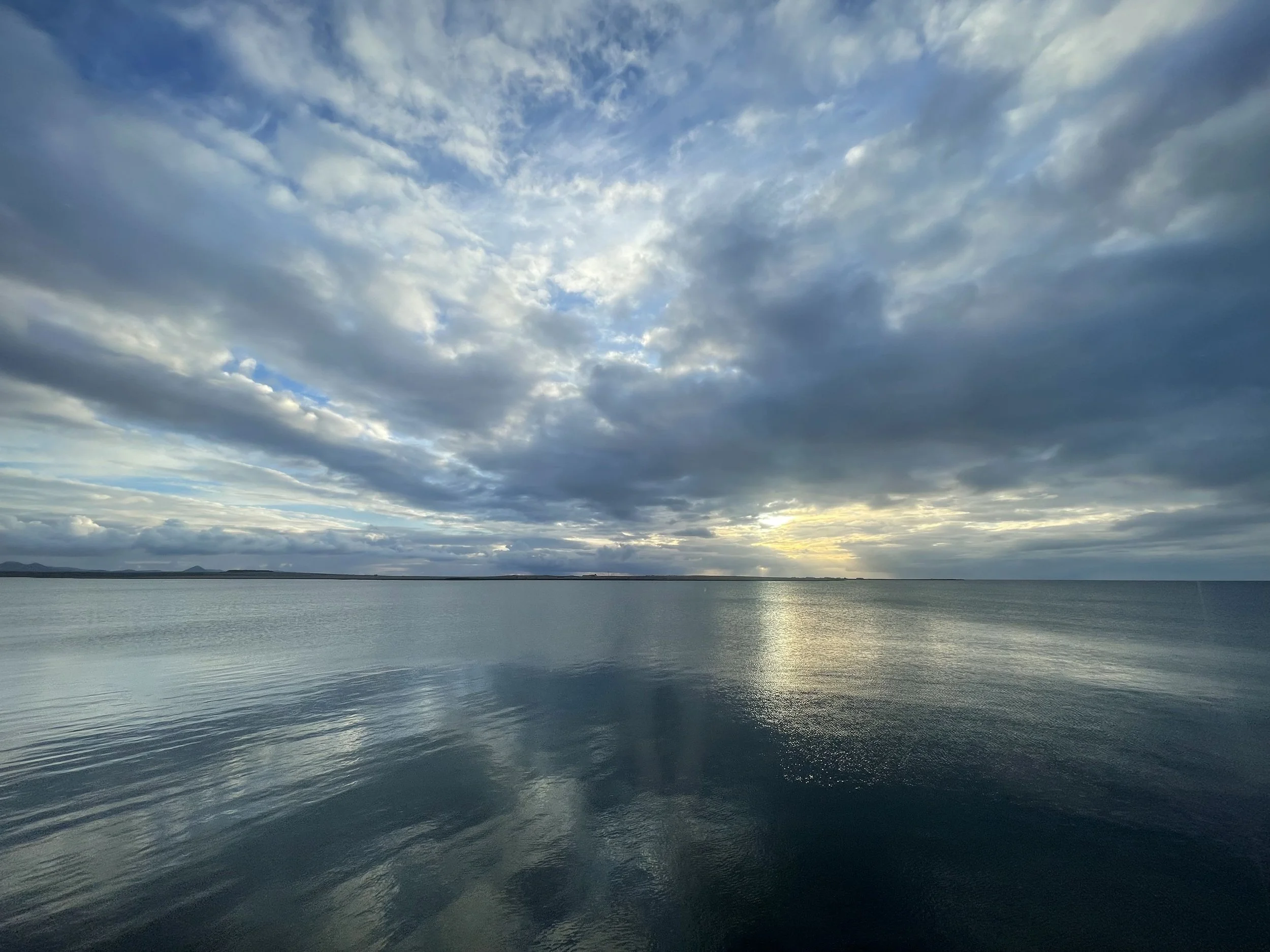Reconciling the Blessings and Challenges of Diversity through Ancestral Spiritual Values
Wicca, Indigenous Traditions, and the Interfaith Movement
Pilgrimage To Jerusalem - A Pilgrimage Of Peace
Security and International Peace Focus of WCC Consultation
Eboo Patel – Spokesperson in the Making
Bowled Over by Emerging Interfaith Voices
Indigenous Peoples Making an Interfaith Difference
Ibtisam Mahameed, Not Afraid to Speak Out
“If I consider myself a peace activist, then all my words and actions must be devoted to peace. For me this is Jihad, and if I die doing this I will be considered a martyr.”
- Ibtisam Mahameed
What Do Women Bring to the Interfaith Table?
This month TIO invited five remarkable women, interfaith leaders representing different faiths, to answer the question, “What do Women Bring to the Interfaith Table?” Three of their responses tell us stories – the other two approach the issue more on its own terms. But the result is a rounded, insightful discussion helping explain why women are more engaged as interfaith leaders than ever before.
In Morocco, symposium explores religion, spirituality and education
Youth Redefining Interfaith Activism Globally
Finding My Voice in Interfaith Work
“16 Ruth said, "Do not press me to leave you or to turn back from following you!
Where you go, I will go; where you lodge, I will lodge; your people shall be my people, and your God my God.”… 22 So Naomi returned together with Ruth the Moabite, her daughter-in-law, who came back with her from the country of Moab.”
- The Book of Ruth, Chapter 1






